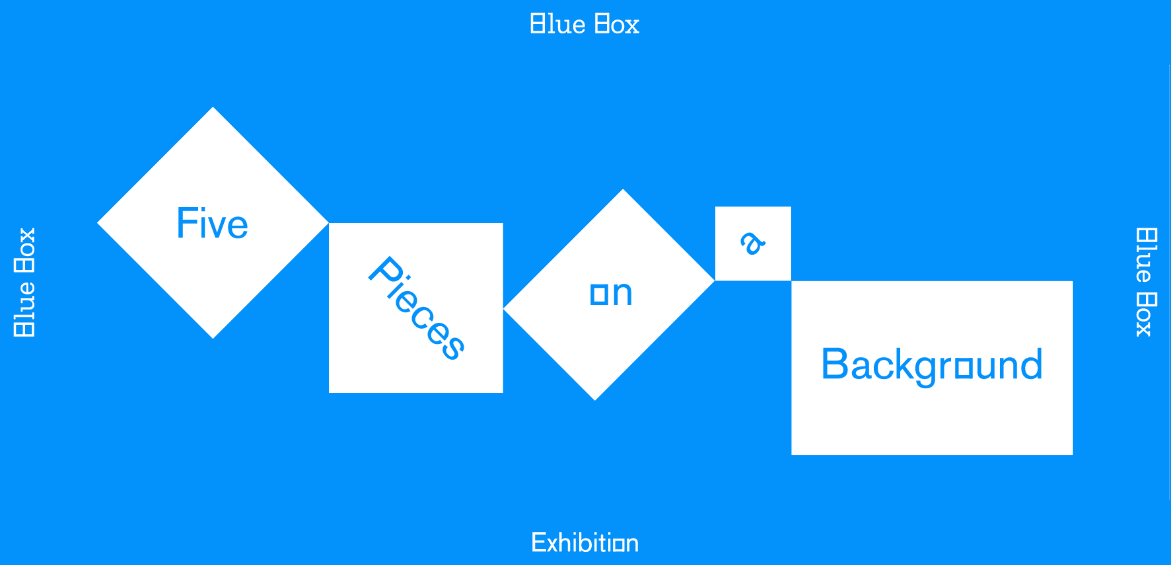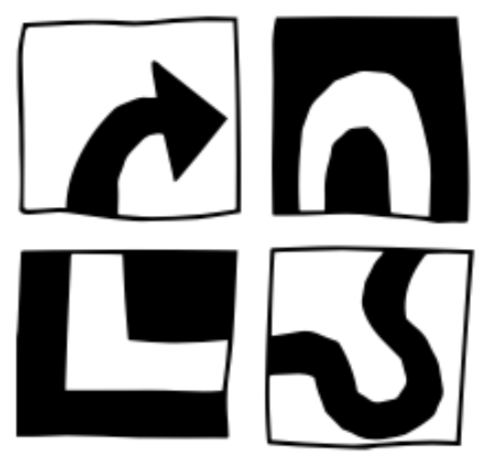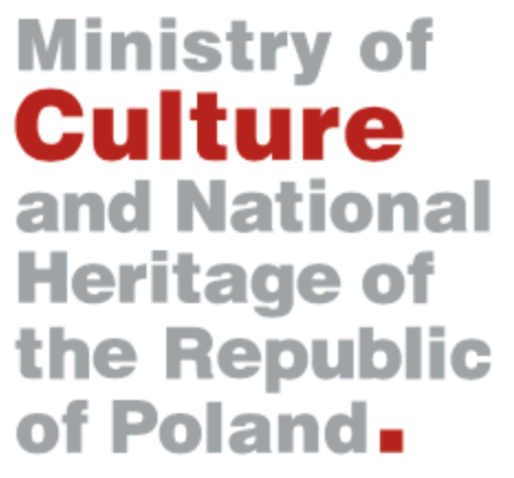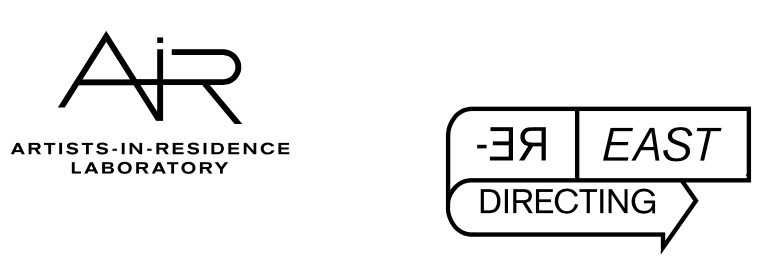Five Pieces on a Background

On November 5, 2016, IZOLYATSIA (Kyiv, Ukraine) presents the exhibition Five Pieces on a Background. Summarising the collaborative project Blue Box. Common Places and Contemporary Artistic Practices between five international art institutions, the exhibition features site-specific works by artists from Poland and the Netherlands. The pieces were produced in 2016 in Kyiv, Chișinău, Minsk, Tbilisi, and Warsaw in accordance with the methodology devised for the Blue Box project. Partner organisations were represented by curators, who identified locally relevant issues on their behalf. Then, artists were invited to respond. The artworks thus produced became part of hosts’ programmes.
The ability to do art, as with any other practice, is based on situated knowledge. This fact, however, remains uncontested and hardly controversial. Different contexts of production and reception are rarely juxtaposed. This exhibition does exactly that. The common space of the exhibition allows us to revisit artistic responses to five different repositories of collective and contested knowledge. In Eastern Europe, these repositories include architecture, archives, common property, avant-garde heritage, and local community. Characteristically, these are often employed as the media in which art’s contemporary interest in re-imagining social environment is expressed. Artists participating in the exhibition articulated such knowledges by engendering possible subjectivities, both individual and organisational. We enter into a relationship with them through art—if we agree to this mediation.
Knight's Tour by Iza Tarasewicz — whose sculptural practice is based on researching transformations of systems, movements, and balances—originates from the context of the Chess Palace in Tbilisi. Through the language of sculpture and choreography, Tarasewicz portrays a chess exercise in which a knight has to visit every single square on the board. The hard-coded abstract algorithm allows Tarasewicz to turn a building into a narrative machine that generates new events, new concept of space.
QAI/BY by Karol Radziszewski is the outcome of queries conducted in Minsk in search of testimonies of gay culture in Belarus. It represents yet another incarnation of his fictional institution, the Queer Archives Institute. This time, Radziszewski has not only gathered an (in)considerable number of documents, but has also actually created many of them. He queered works of Belarusian artists, made interviews and took portraits of the community, and invited artists to participate in the exhibition. Invisible (Belarusian Queer History), a consensual travesty of the work of Igor Savchenko, Invisible (1992-1994), is an excellent token of the series.
Alicja Rogalska carried out her performance Silence of Sources in Chișinău as part of the Public Space Days festival, organised by the Oberliht Association. Rogalska’s practice is driven by a constant search for collaborators, whose skills, along with her own work, can expose the political overtones of everyday life. While in the capital of Moldova, she decided (together with her hosts) to tackle the issue of water as a limited resource and visualise the way it articulates the problem of the commons.
Grupa Budapeszt, an artistic-curatorial collective comprising Igor Krenz, Michał Libera, and Daniel Muzyczuk, has worked on a remake of Dziga Vertov's film Enthusiasm: Symphony of the Donbass (1931) into a PowerPoint presentation. This piece springs from irony towards works of art anchored in sociological research. Vertov's avant-garde experiment and his editing theory are subjected to a playful deconstruction. Or rather—to a destruction. This is a work of translation which turns qualities of the image into statistical data.
Maja Bekan’s collaboration with a group of Warsaw activists revolved around Nude Boy (Kazik), a 1928 sculpture by Alfons Karny. Between 1969 and 1992, the sculpture was exhibited at the back of a building belonging to the socialist realist Marszałkowska Residential District. A recollection of this very fact and the local community’s desire to “get the boy back” (the sculpture was claimed by the National Museum in 1992) became the fulcrum of a series of actions perched somewhere in the interstices of everyday life and artistic performances.
Presenting these works in Kyiv, detached from the milieu that inspired them, the exhibition Five Pieces on a Background raises a question that is as productive as it is problematic for contemporary art and “site-specific” practice. There is a tension between the logic of context-based artistic effect and the institutional context in which art operates. The former is inescapably tangible, whereas the latter seeks to universalise art by divorcing it from its original environment in order to communicate to a secondary audience.
In this imaginary space, artist becomes a sensitive superhero, who discovers potential for change inherent in reality. Art rescues common goods from ignorance, bad habits, and impinging external forces. Peace, empathy, openness, and willingness to cooperate are supposed to reign here. Artistic institutions turn into enclaves of gratuitous communication and informal education for everyone. Exhibitions become experiments offering safe and inspiring visions of the future. Meanwhile, reality does not prove that such notion of contemporary art is shared. Developing a common imaginary space of art relevant for the local audience is much easier in theory than in actual practice. Everyday politics and the existential uncertainty of running non-state art institutions become the invisible blue box of contemporary art.
Curators: Valentina Kiselyova (Belarus), Nini Palavandishvili (Georgia), Daniel Muzyczuk (Poland), Lena Prents (Belarus/Germany), Anna Ptak (Poland), Vladimir Us (Moldova)
Artists: Grupa Budapeszt – Igor Krenz, Michał Libera, Daniel Muzyczuk (Poland), Karol Radziszewski (Poland), Alicja Rogalska (Poland), Iza Tarasewicz (Poland), Maja Bekan (Netherlands)
Project curator: Anna Ptak (Poland)
Project Partners:
Art and Its Time Foundation, Centre for Contemporary Art Ujazdowski Castle, Ў Contemporary Art Gallery, GeoAIR, IZOLYATSIA. Platform for Cultural Initiatives, Oberliht Young Artists Association, Polish Institute in Kyiv.

Organised by:
Art and Present Time Foundation.

Accompanying Programme and Implementation of the Exhibition: Mykhailo Glubokyi, Tetyana Filevska, Oksana Sarzhevska.
Exhibition Architecture: Oleksandr Burlaka
“Blue Box” Graphic: Moonmadness (Dagny Nowak and Daniel Szwed)
Production and Coordination of the “Blue Box” Project: Aleksandra Biedka
Media Communication, PR: Oleksandr Vynogradov
The exhibition is being organised under the project Blue Box, co-financed by the Ministry of Culture and National Heritage of the Republic of Poland.

The project has been initiated by the Re-Directing: East Curatorial Residency of the A-I-R Laboratory/CCA Ujazdowski Castle in 2015.

Supported by

Technical partner

Media partners
